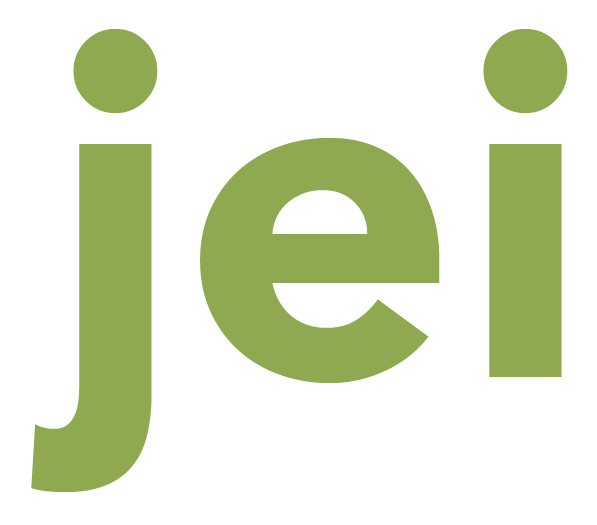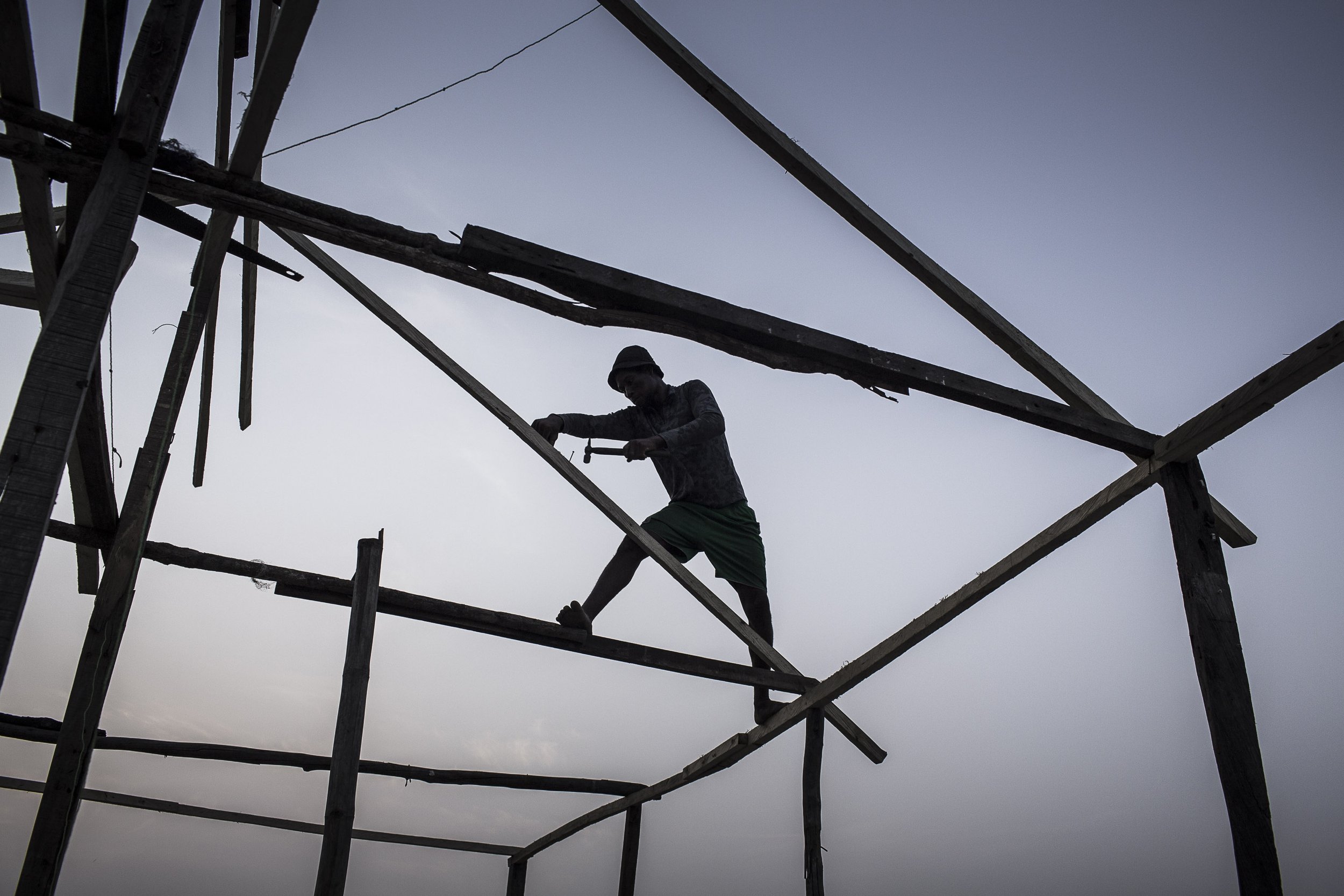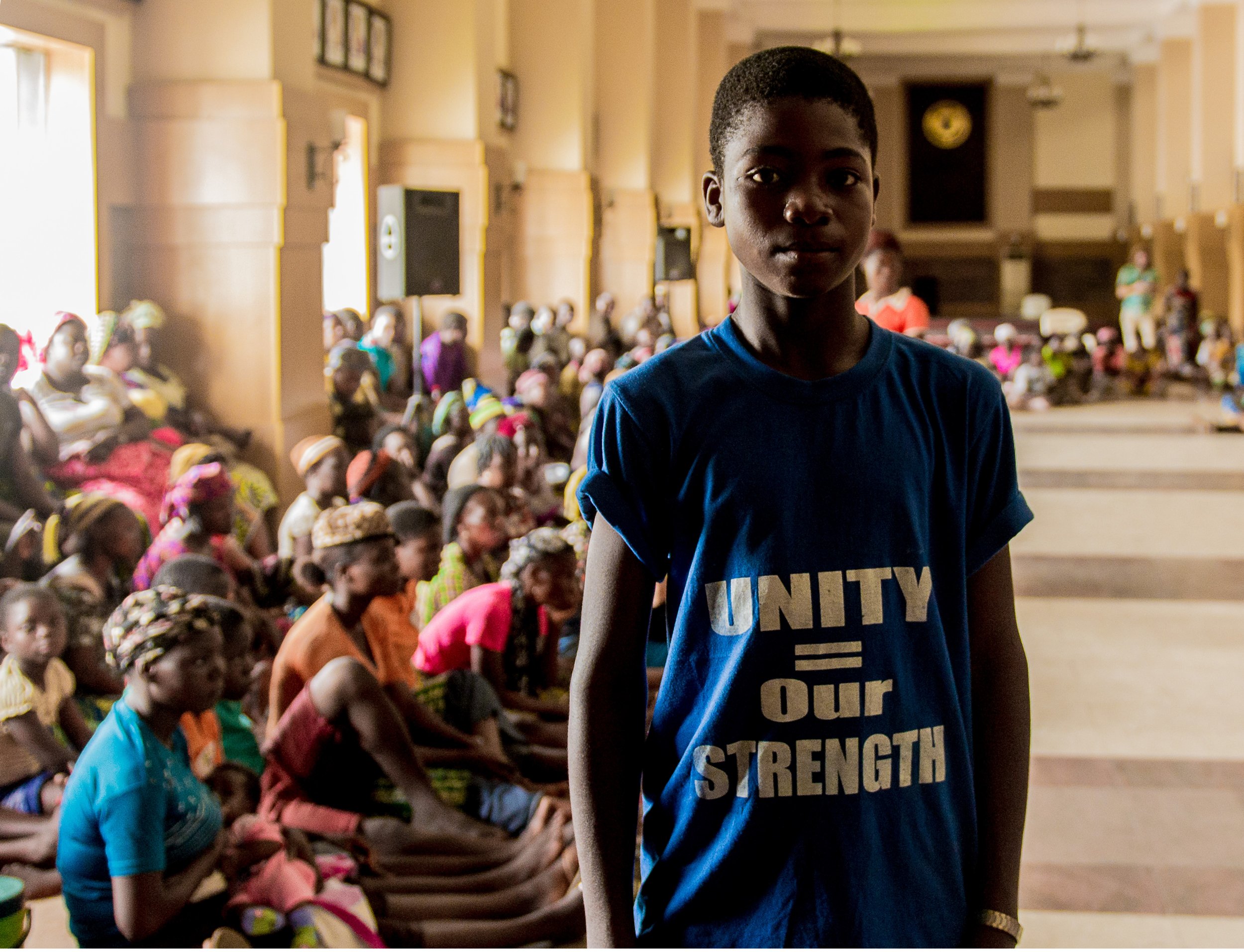OTODO GBAME — A TALE OF RESISTANCE; A CALL FOR RESETTLEMENT
Otodo Gbame evictees celebrate the 21 june 2017 lagos state high court judgement ordering the RESETTLEMENT OF evicted waterfront communities.
background — a village in the heart of lekki
Otodo Gbame community is one of dozens of waterfront communities that came under threat of eviction by the Lagos State Government in October 2017.
eNTRANCE TO oTODO gBAME COMMUNITY PRIOR TO THE 2016 DEMOLITIONS
The community, whose name means “village in the bush,” had been settled by predominantly Egun fisherman on the shores of the Lagos Lagoon long before the expansion of the upscale Lekki neighborhood that eventually surrounded it. The community was already facing threats from powerful interests that wanted to take over what was increasingly valuable real estate when then-Governor Ambode announced the intention of the Lagos State Government to begin demolishing “all shanties on waterfront” across the state within just seven days.
THE WATERFRONT COMMUNITIES UNITE
Quickly, Otodo Gbame and a network of other waterfront communities joined forces to write to Governor Ambode demanding that the threat be retracted. The communities then embarked on a series of peaceful protests, which resulted in some meetings — but no assurance that the eviction threat would not proceed. Finally, the communities went to court and in early November 2016, they were awarded an injunction restraining the Lagos State Government from taking any action on its threat.
Waterfront residents threatened with eviction packed the lagos state high court during hearing
residents of dozens of waterfront communities across lagos join forces in a series of peaceful protests to the State Government, october 2016
Just two days after the injunction was ordered, the Lagos State Government descended on Otodo Gbame and, with no warning and in disregard of the court injunction, evicted ~30,000 residents in less than 36 hours.
Excavator working while homes are set ablaze during first phase of eviction (November 2016)
With a strong network already in place, residents were able to raise alarm in real time, sharing through social media pictures and videos of the bulldozers, houses lit on fire, and the bodies of residents who were chased into the Lagoon and drowned. Just days later, the evictees gathered with other waterfront communities from Lagos as far away as Port Harcourt to stage another mass peaceful protest, which shut down access to the State Government for a full day. The story was all over the news. And this is where the exceptional resilience of the Otodo Gbame community became evident.
OTODO GBAME REBUILDS
Rather than giving in to the powerful forces that so desperately wanted to take over their land and turn it to another luxury estate full of half vacant high rises, a core set of ~5,000 longtime residents of Otodo Gbame took the protective court that signaled they were, in fact, in the right — and began to boldly build back their burnt and demolished homes. For over six months, evictees held onto the land, rebuilt their homes and plank bridges connecting different parts of the community, set up a subsidized building materials depot, got makeshift schools set up for children to continue their education and, once every few weeks gathered in large fishing boats to move to the Lagos State High Court to continue the struggle for justice through peaceful and lawful means.
REbuilding after the first phase of Otodo Gbame Eviction (January 2017)
In January 2017, the Court issued a preliminary ruling that the eviction threat constituted a violation of the residents’ right to dignity enshrined in Section 34 of the Nigerian Constitution — and urging the Government to look at alternatives to eviction, ordered the status quo be respected while the parties go into formal mediation. Yet, while the mediation was still ongoing, in March 2017, the Lagos State Government once again returned to Otodo Gbame by force and commenced demolitions again, stopped only by technical challenges of using a “swamp buggy” to take down homes built on stilts atop the Lagoon.
Eviction starts again, while court-ordered mediation is still ongoing (March 2017)
THE FINAL STAND
Undaunted, the Otodo Gbame community now mounted a new phase of incredible resistance. They summoned the strength of ancestral spirits and deities that had long protected the community, held symbolic funerals for their oppressors, and summoned the courage to form a human shield led by the women who stood boldly to protect a trench dug in the stretch of sand dividing the remaining community at the waterside from the eviction squad. Again, these images were broadcast far and wide with supporters coming regularly to show solidarity and provide relief materials for evictees standing their ground.
Otodo Gbame evictees build a coffin to symbolically bury their oppressors (March 2017)
This incredible David-and-Goliath faceoff continued until it appeared, perhaps, the demolition would not proceed. Then, on the morning of 9 April 2017 — far earlier than even the fishermen in the community would be awake — the Lagos State eviction squad returned with numerous heavily armed police, who systematically used petrol to set houses ablaze and used live ammunition and tear gas to push residents back from the settlement and onto the Lagoon. The show of force — against wholly unarmed residents — was massive and, within a few hours all the remaining residents were adrift in fishing boats atop the Lagoon, while the rain poured down and soaked what belongings they had been able to rescue from their burning homes. The eviction was complete and, unable to return to the land, nearly 5,000 new evictees scattered to other waterfronts around the Lagoon, adding to the enormous list of those displaced through violent landgrab in the largest city in sub-Saharan Africa.
THE STRUGGLE CONTINUES
Even scattered across more than 16 different waterfront communities, Otodo Gbame evictees continued their struggle — unable to return to the land in Lekki that was guarded with armed gunboats following April 9. They worked with supporters to distribute relief materials that were donated, they went to Court to pursue final judgment and to ask the Court to hold the Lagos State Government in contempt, and they went on peaceful protest. On 12 April 2017, faced with protesting evictees on its doorsteps the Government promised some form of resettlement and asked evictees to compile and submit a list of those displaced — which they did.
Then, on 21 June 2017, the Lagos State High Court gave final judgment in favor of the waterfront communities — declaring the evictions unconstitutional and ordering the Lagos State Government to plan for the resettlement of evicted communities and refrain from further evictions.
evictees celebrating after the final judgment in favor of the waterfronts, june 2017
Despite these promises and the unequivocal final judgment, up to date Otodo Gbame evictees are yet to be resettled or granted any other relief. Rather, in November 2017 being the one-year anniversary of the start of eviction, when evictees gathered peacefully outside the Lagos State Governor’s office to demand implementation of the judgment and the relief promised, they faced a violent attack and mass arrest by the police.
Otodo gbame evictees sketching envisioned layouts for the “New Otodo Gbame”
participatory planning session for community-planned resettlement of otodo gbame
Since then, the evictees have continued to use creative means to raise awareness and continue to push for justice — and, never losing all hope that their struggle would result in resettlement — the community embarked in 2018 on a participatory planning process to vision their resettlement. This collective vision for the “New Otodo Gbame” is what we hope will be among the concrete, lasting impacts of The Legend of the Vagabond Queen of Lagos — a social impact film inspired by the real-life Otodo Gbame struggle.













